Exhibition preview: Gravity and Disgrace at Blain|Southern
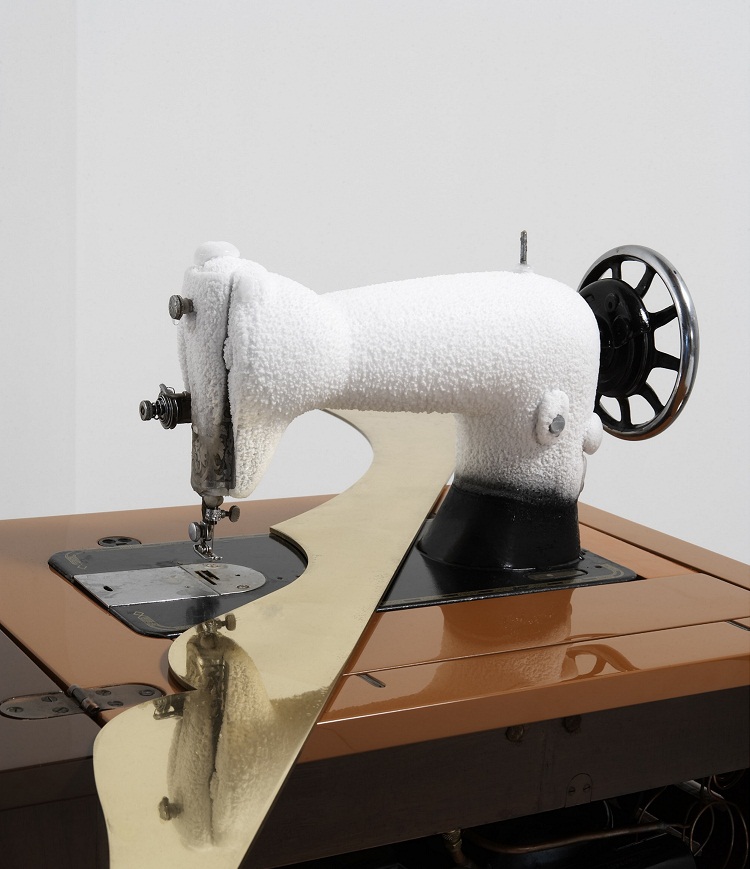
Tucked away in a corner of London, just a stone’s throw away from the bustling crowds of Oxford Street, lies a small, unassuming art gallery by the name of Blain|Southern. Despite its small size, the gallery boasts a reputation as a fantastic setting for contemporary artists, and as of Wednesday 11th July, Blain|Southern will be hosting a group exhibition compiled by a choice selection of home-grown talent, titled Gravity and Disgrace.
Curated by artist Rachel Howard, the exhibition brings together Howard’s work with fellow British artists Jane Simpson and Amelia Newton Whitelaw, and is inspired by the 1993 exhibition Gravity & Grace: The Changing Condition of Sculpture, 1965-1975, by the Hayward Gallery.
Using this previous exhibition’s rejection of sophisticated methods of construction and traditional materials as a starting point, the three artists create an experience that is wholly their own. The women behind Gravity and Disgrace present an exhibit of work in which the choice of construction materials — and their materiality — is key, as is the perception of the viewer.
Dominating the centre of the exhibition space is Amelia Newton Whitelaw’s installation There are no Accidents (2012). Whitelaw’s contribution is a sculptural and performative piece created from a large 650kg slab of green slate menhir rock, supported by a thin piece of oak keeping the rock upright. Tied to the oak and fed underneath the menhir rock is a stretch of rope that suspends, via a pulley in the ceiling, a 150kg net of raw salt dough. Gravity causes the dough to slowly force its way through the gaps in the net, causing the balance of the installation to be dependent upon how much dough has not escaped.
Inspired by the concept of Schadenfreude (pleasure derived from the misfortune of others), and according to the artist, it bears a passing resemblance to a Wile E. Coyote contraption. Whitelaw’s piece is time-specific as the appearance of the piece can, and will differ depending on the time in which it is viewed. There are no Accidents can be said to be about the desire to remain upright and suggests notions of dependence, as well as the struggle between success and failure.
Accompanying Whitelaw’s sole installation are three of Jane Simpson’s works; Turkish Delight (2008), Japanesey Moment (2008) and the fascinating A Wolf In Sheep’s Clothing (2008).
Turkish Delight and Japanesey Moment are glazed ceramic boxes that contain various items of Simpson’s own belongings; antiques that she inherited from her mother. The placing of her own property on display, Simpson states, is a way in which she can be released from her inheritance, and the move challenges an implicit level of trust between her, the gallery exhibiting her works and the audience who come in to view them.
A Wolf In Sheep’s Clothing is another performative piece that changes, almost imperceptibly, throughout the exhibition. This sculpture is a sewing machine covered in ice, placed on top of an ornate cabinet and attached to a cooling unit. Simpson’s installation continuously takes in moisture from the air and freezes it, expanding the ice layer.
A truly interactive piece, A Wolf In Sheep’s Clothing undergoes a constant battle of the elements, and the amount of people viewing the piece at any one time has a direct influence on the level of ice encasing the machine. Too many people raise the temperature surrounding the installation, causing the ice to melt, whilst too few cause the ice to expand.
The final works on show belong to Rachel Howard, and unlike her fellow artists, Howard’s work is canvas-based. Her paintings Eva (2005) and Suicide Painting 4 (2007) use household gloss and acrylic paints to create unique art that conveys an acute sadness, and challenges its audience.
Eva, for example, depicts a featureless woman in the process of hanging herself, the figure in black, upon an off-yellow background painted by allowing paint to drip off the canvas. Howard states her intention with regards to her work is to cause the viewer to translate personal feelings about what it means to be human.
Her other work, Suicide Painting 4 is more abstract. A large, wall-sized painting, this particular artwork was created by allowing the paint to drip down the work, rotating and spinning the piece to create an intriguing gravitational effect on canvas. A combination of gloss and acrylic paint gives Suicide Painting 4 an almost varnished cover, catching the light and the eye of the viewer alike.
Gravity and Disgrace is an exhibition well worth a visit for those who love art, and even for those unversed in contemporary British art. The three artists have done incredibly well to create an exhibit that is powerful and thought-provoking. The setting of the Blain|Southern creates an exquisite interplay for the three artists, and the work selected shows a brilliant example of the continuing efforts of the British art scene.
Anthony Byrne
Gravity and Disgrace is open from the 11th July – 25th August at Blain|Southern. Click here for more information.

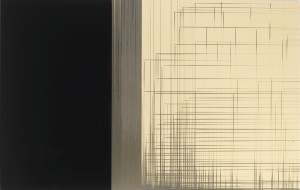
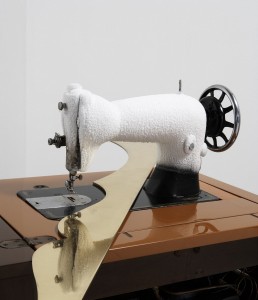

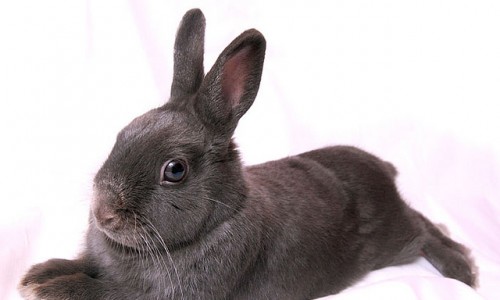
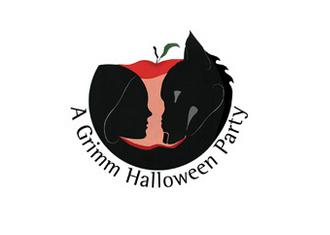

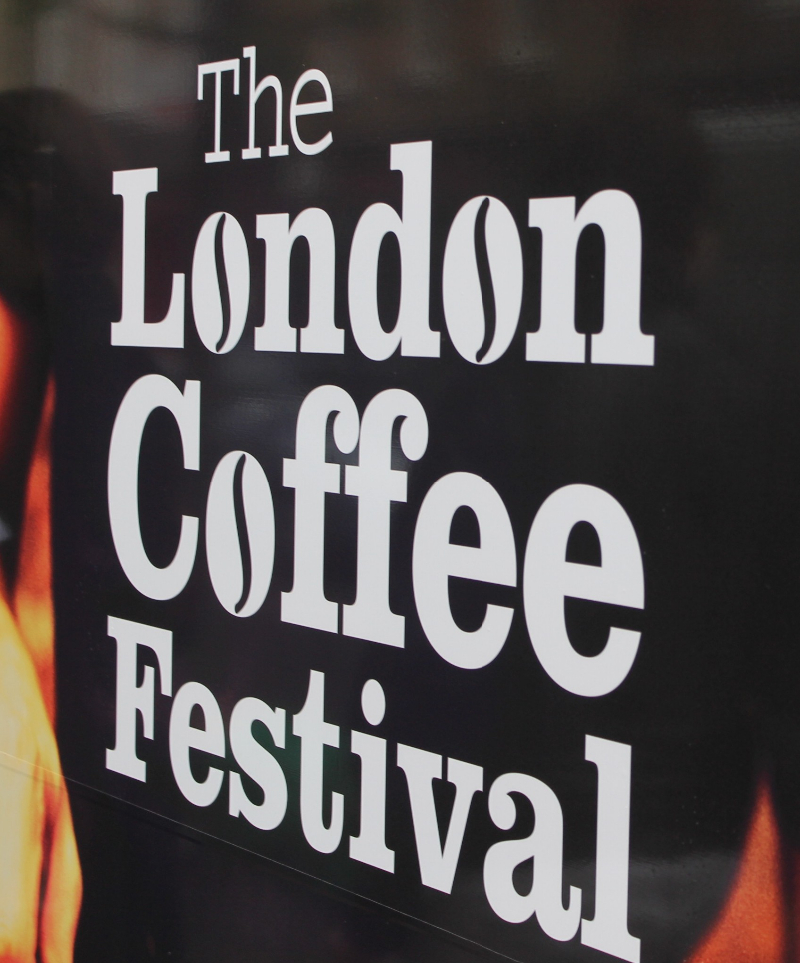
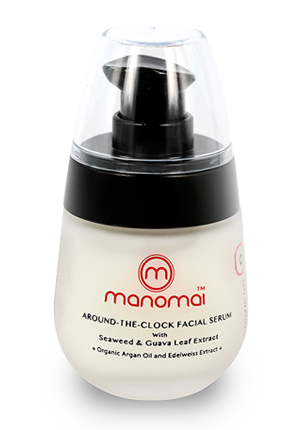
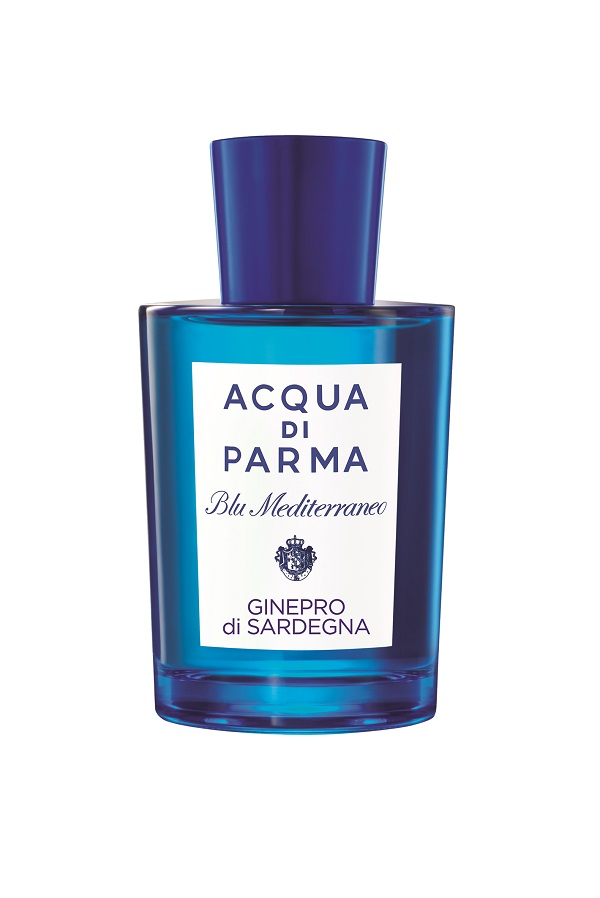
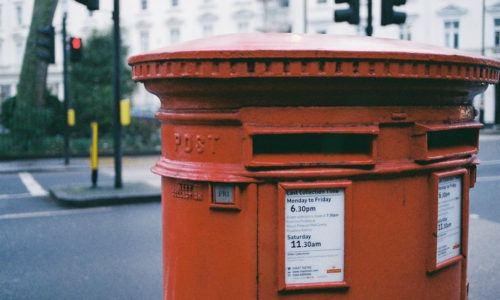

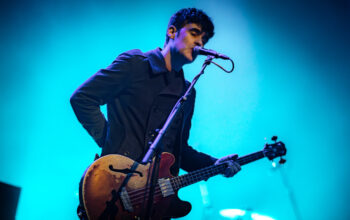
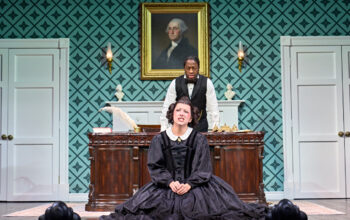
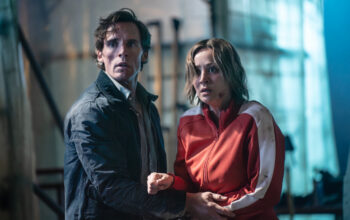
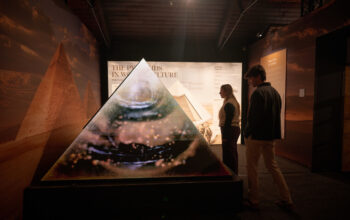
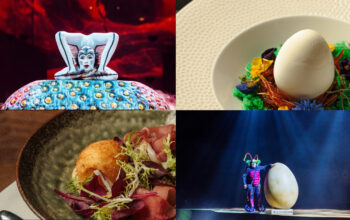

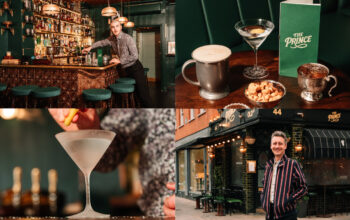
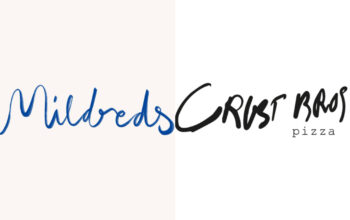
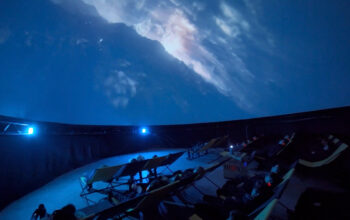

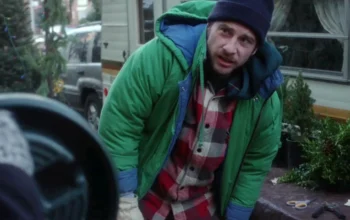
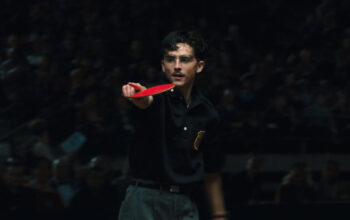


Facebook
Twitter
Instagram
YouTube
RSS